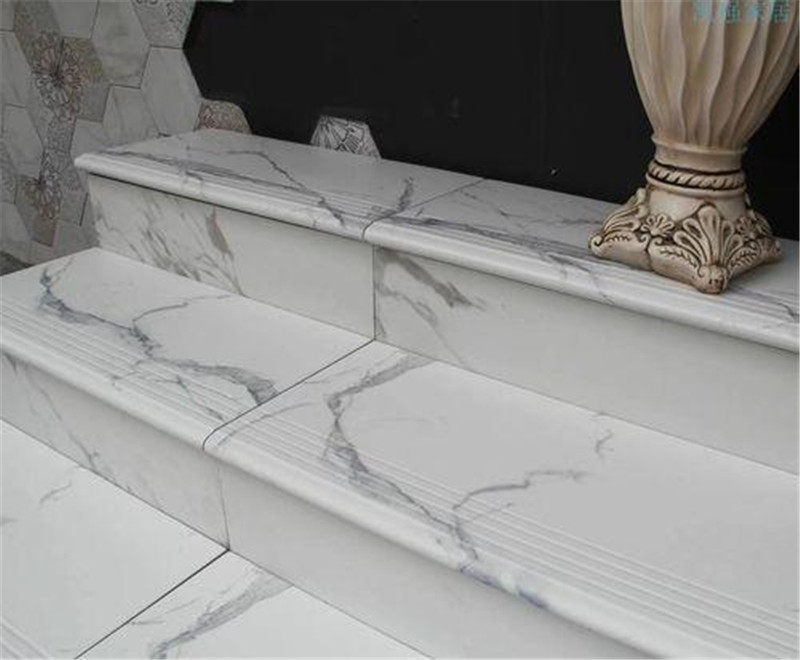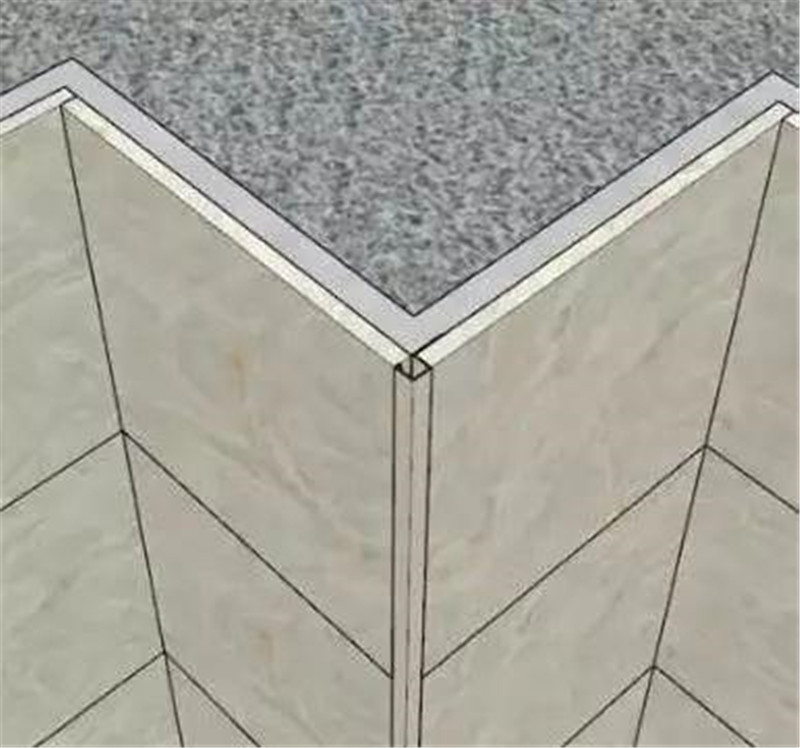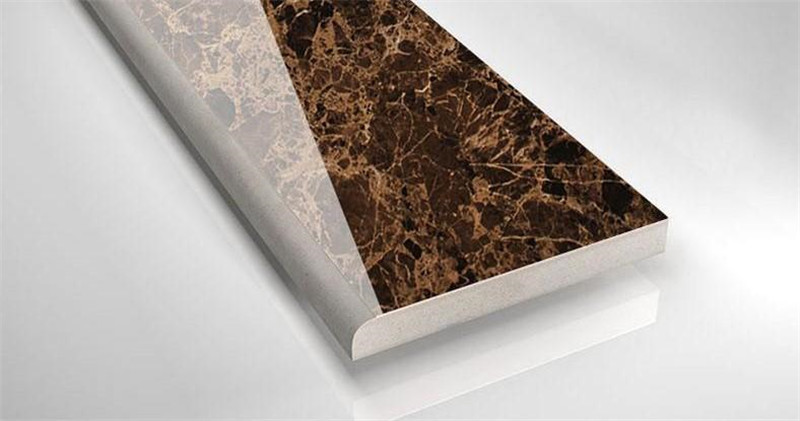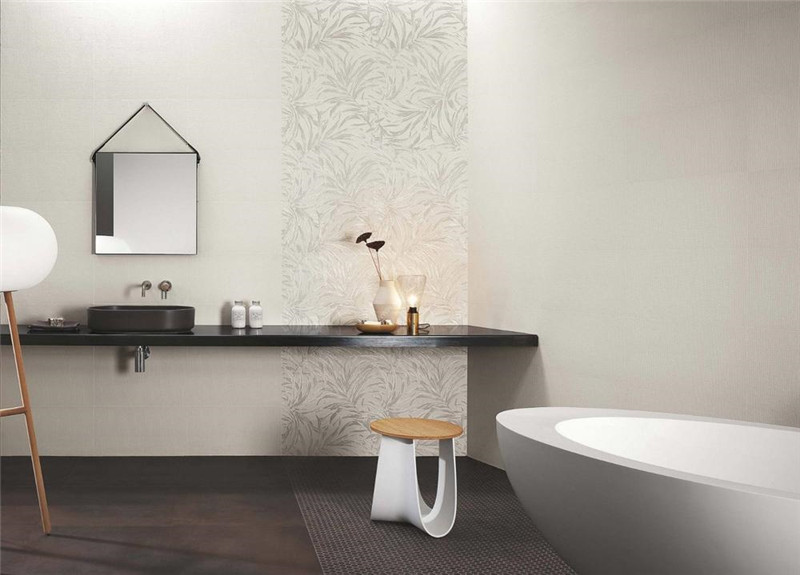Understand the five ways of deep processing ceramic tiles
Many people don't understand why ceramic tiles require deep processing? Because deep processing is not only necessary for paving, but also for improving overall aesthetics and truly playing a role in aesthetic decoration of indoor buildings. Next, the editor will take you to understand these ceramic tile processing methods.
1-Pulling groove
Slotting, also known as slotting. In the past, grooving was widely used in stone materials. With the introduction of full body marble tiles and ceramic tiles, the ceramic tile industry is currently mainly used in marble tiles and ceramic tiles. The use of grooving on the ladder can achieve an anti slip and aesthetically pleasing effect, with two or three common anti slip grooves.

Chamfer
Chamfering is mainly applied to the corner treatment of ceramic tiles, which is a relatively traditional method of external corner treatment. Grind both tiles to a 45 degree angle and then apply them diagonally to handle the corners of the wall. In addition, chamfering can also be used to connect wall tiles, enabling better connection between tiles and also serving as a sketch for tiles.

Circular edge
Round edges, as the name suggests, are the edges and corners of ceramic tiles that are ground flat and rounded to avoid being too sharp. Mainly used in the circular edges of ceramic tiles on floor stairs, window sill stones, and stove countertops are also treated with circular edges.

Water knife patchwork
Water knife patchwork is more common in decoration, mainly by adding water knife patchwork decoration to the floor tiles, making the space style more diverse. The number of square meters of the room and the complexity of the pattern affect its cost. Water knife patterning is not limited to ceramic tile processing, but can also be combined and matched with metal and glass.

relief
Ceramic tiles use sandblasting to achieve a relief effect. Oil paper is cut into patterns through equipment, and oil paper is applied to the tiles. The cut patterns are removed and sandblasted. The concave and convex relief effect vividly presents the patterns on the tiles. Relief tiles can also be applied to advertising posters and store signs.

modelling
The shape can generally be referred to as composite tiling. For example, the paving methods such as diamond, circular, triangular, and wavy lines all need to be completed through secondary cutting, and the diverse shapes make the spatial effect more diverse.
